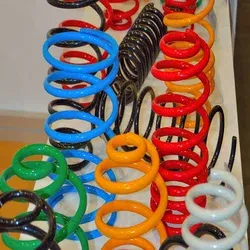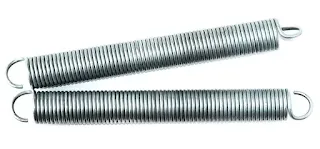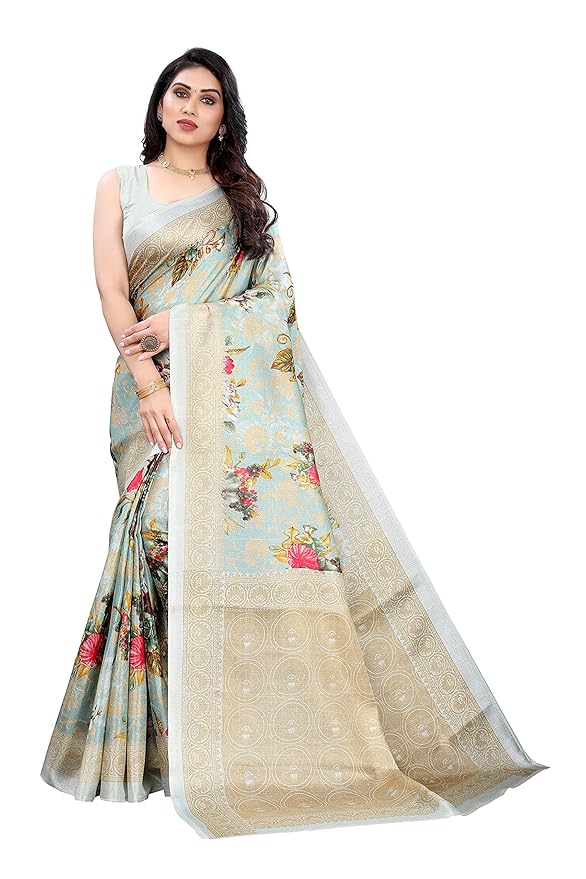What is the spring and explain the different Type of spring and requirements :-
Definitions of spring:-
What is spring.
Type of spring.
What is elasticity:-
Elasticity is a spring property that helps him get back to his original Shape. Spring is also a kind of flexible link between any two members. We place the spring between any two members according to its usage and output like retract or return.
Type of spring:-
Now we will going to talking about of various type of spring. There are many types of spring which are as follows-
1. Helical springs.
2. Conical springs.
3. Torsion bar springs.
4. Laminated and leaf springs.
5. Disc springs.
6. Compression springs.
7. Extension springs.
8. Radial Spring.
Helical spring:-
This spring is normal common spring which used more then other springs. This spring called as Helical according to it's structure. The helical spring is made of a wire and the wire used in it to make the spring is as Coiled or round. It stores spring energy and helps in handling tensile and Compressive loads. These Spring also absorb the shock which react on it.
Conical springs:-
This spring mostly used in brake fluid master cylinder and clutch cylinder. This spring is found in Conical Shape and it is also called Compression spring. Its lead angle is also constant. Whenever the load is above Conical and Volute Spring, their size becomes very small.
Torsion bar springs:-
It stores spring mechanical energy when a twisting force is applied over it. This spring can also be of Helical and Spiral Shape. We use this spring where we want Twisting moment. This spring used in pistol with trigger and mouse catcher etc.
Laminated and leaf spring:-
This spring is mostly used in automobile suspension. And in addition it is also used in electrical switches and bows. There are many flat plates in this spring and we call these flat plates as leaves. And the length of these leaflets varies. And these Leafs pair up with the help of Clamps and Bolts.
Disc spring:-
Disc spring is mostly used to apply tension to bolts. As if named after it, this disc is the spring of Shape. This spring is used to with stand high compressive load. This spring absorb high load shock and also work like washer.
Compression spring:-
This spring also look like as helical spring but this spring is used where more pressure applied randomly. As we can find from their name, we use these springs where compressive load is applied. Whenever we apply a compressive load on the compression spring, then its length is reduced which means Spring Contracts and Compress.
Extension spring:-
This spring fitted between two parts which are pulled this spring. When it pulled then it extend and after releasing it come back in its initial position. The rings that occur this spring are very closely coiled. Meaning that the rings that are made in this spring are very close together, like the coiled. Whenever we apply traction force in this spring in the direction of its length, then this spring opposes that force.
Radial Spring:-
This spring is also look like as helical spring. This is mostly used in clutch plate for absorbing the radial thrust of flywheel. It is fitted in horizontal manner.
Requirements of spring:-
- We use spring according to our requirement. Spring is also used in vehicles buffers to absorb shocks and vibrations.
- Spring is also used in Brakes and Clutches (Clutch) to apply forces and control their motion.
- Spring is also used in spring balance to measure forces.
- Spring is also used in Motion Control of Cams and Followers, it maintains the contact between the two elements.








0 Comments